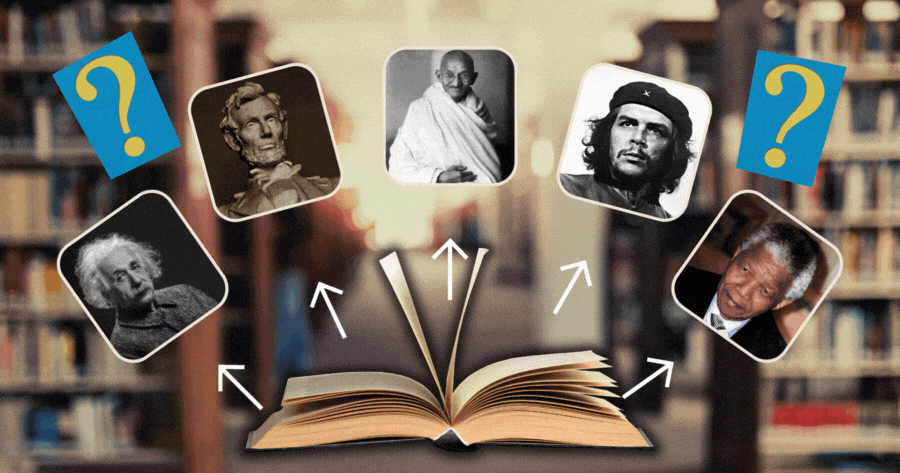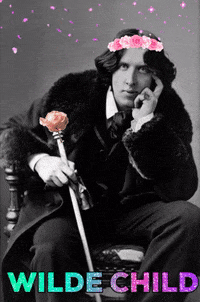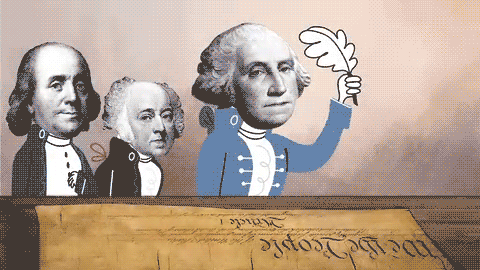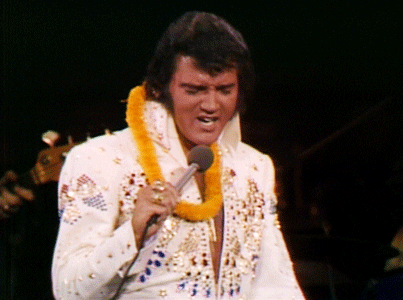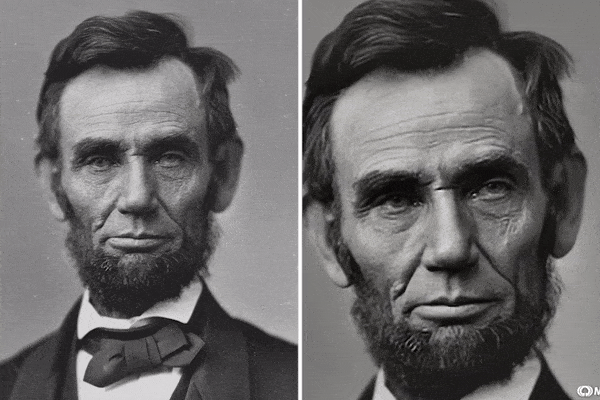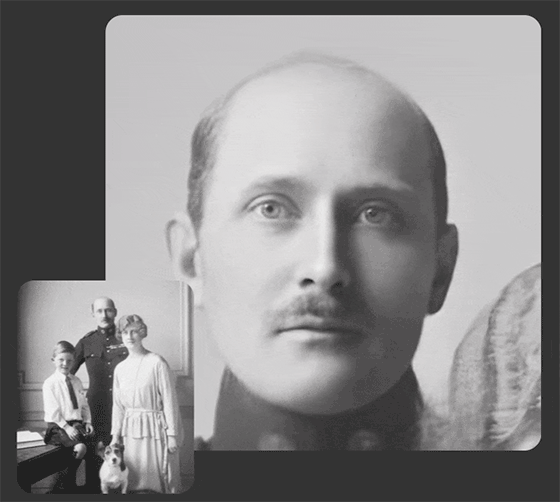In the vast landscape of fiction writing, drawing inspiration from real-life historical figures can add depth, authenticity, and intrigue to your narratives.
Embarking on this creative journey requires a delicate balance of research, imagination, and storytelling prowess.
In this comprehensive guide, we delve into the art of crafting fiction based on real-life historical figures, exploring techniques, challenges, and ethical considerations.
Understanding the Historical Figure
Before delving into the creative process, it’s imperative to thoroughly research and understand the historical figure you intend to portray in your fiction.
- Research: Dive deep into historical records, biographies, letters, and credible sources to gather insights into the individual’s life, personality, and motivations.
- Contextualization: Place the historical figure within the broader socio-political context of their era to grasp the influences shaping their actions and beliefs.
- Character Analysis: Analyze the strengths, weaknesses, and complexities of the figure to develop a multi-dimensional character that resonates with readers.
Navigating Ethical Considerations
While fictionalizing real-life historical figures offers creative freedom, it also raises ethical considerations regarding accuracy, representation, and respect for the individual’s legacy.
- Accuracy vs. Artistic License: Strive for accuracy in depicting historical events and personalities while allowing room for artistic interpretation to craft a compelling narrative.
- Respect and Sensitivity: Approach the portrayal of real-life figures with sensitivity and respect, avoiding distortion or sensationalization of their lives for dramatic effect.
- Informed Speculation: When historical records are sparse, exercise caution in speculating about the figure’s thoughts or actions, clearly distinguishing between factual and speculative elements in your narrative.
Finding the Narrative Angle
Choosing the right narrative angle is crucial for engaging readers and breathing life into your fictional portrayal of a historical figure.
- Point of View: Experiment with different narrative perspectives such as first-person, third-person limited, or omniscient, selecting the one that best serves your storytelling objectives.
- Exploring Untold Stories: Uncover lesser-known aspects of the historical figure’s life or explore hypothetical scenarios to inject freshness and intrigue into your narrative.
- Interweaving Fiction with Fact: Seamlessly blend factual events with fictional elements to create a cohesive narrative that captivates readers while staying true to the essence of the historical figure.
Crafting Authentic Dialogue and Interactions
Dialogue serves as a powerful tool for bringing historical figures to life, providing insights into their personality, beliefs, and relationships.
- Studying Primary Sources: Study letters, diaries, and documented speeches to capture the unique voice and mannerisms of the historical figure in your dialogue.
- Balancing Authenticity and Accessibility: While striving for linguistic authenticity, ensure that the dialogue remains accessible to modern readers, avoiding archaic language that might alienate or confuse them.
- Interactions with Fictional Characters: Explore how the historical figure interacts with fictional characters within the narrative, leveraging these interactions to drive plot development and thematic exploration.
Embracing Creative Freedom while Honoring History
Balancing creative freedom with historical integrity is a hallmark of successful fiction based on real-life historical figures.
- Emotional Truth: Focus on conveying the emotional truth of the historical figure’s experiences and dilemmas, even if it requires some departure from historical facts.
- Imaginative Empathy: Use imaginative empathy to inhabit the mindset of the historical figure, allowing you to infuse your portrayal with authenticity and depth.
- Acknowledging Artistic License: Be transparent with readers about the liberties taken in your fictional portrayal, providing author’s notes or supplementary material to contextualize your creative choices.
A Tapestry of Fact and Fiction
In the realm of fiction writing, drawing inspiration from real-life historical figures offers a rich tapestry of storytelling possibilities.
By undertaking thorough research, navigating ethical considerations with care, and embracing creative freedom while honoring history, writers can craft narratives that resonate with readers, breathing new life into the legacies of the figures who shaped our past.
As you embark on your own creative journey, remember that the true magic lies in the seamless integration of fact and fiction, weaving a narrative that both enlightens and entertains.
Need Help With Your Book Cover or Literary Packaging?
Looking to bring your ideas to life with captivating storytelling and imaginative flair?
Whether you need compelling copywriting, engaging written, visual or video content creation, or literary packaging that stands out, I’m here to help.
Let’s collaborate to turn your vision into reality. Reach out today to discuss your project and let’s embark on a journey of creativity together!

